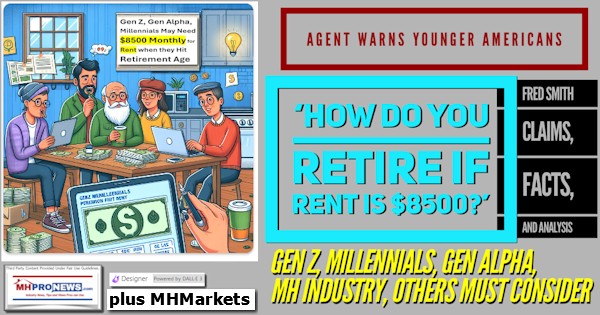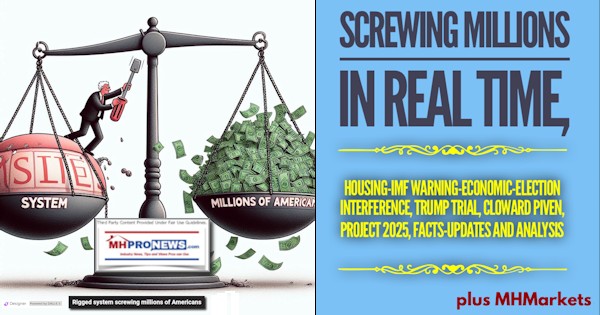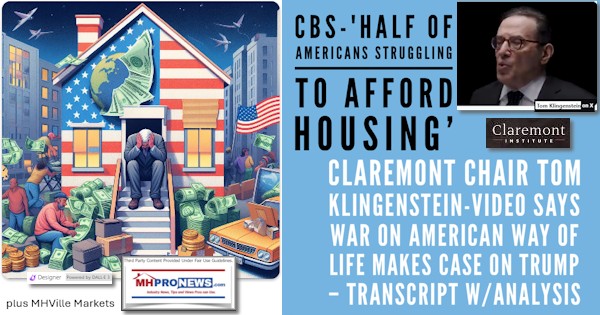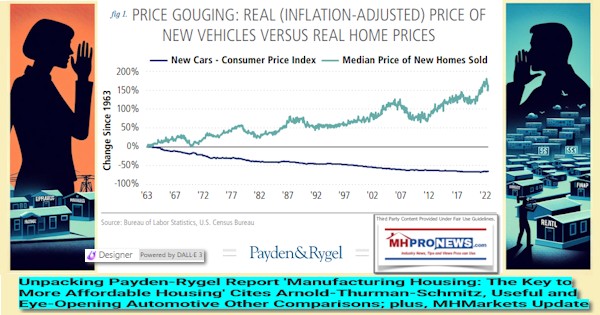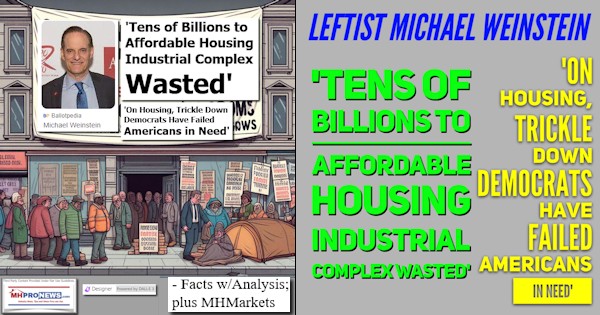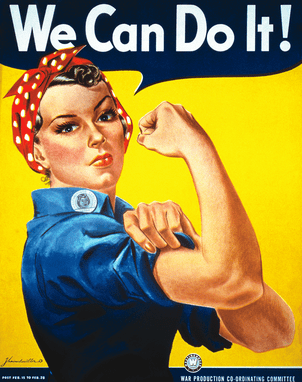
In August 2015, CNS cites the BLS, stating that “the nation’s civilian noninstitutional population, consisting of all people 16 or older who were not in the military or an institution, reached 251,096,000. Of those, 157,065,000 participated in the labor force by either holding a job or actively seeking one.”
That’s 62.6%, the lowest it’s been in 38 years, or dating back to 1977. In August, the economy added 173,000 jobs, not enough to meet the needs of the rising population of the nation.
The number of employed “involuntary part-time workers” rose in August to 6,483,000, up 158,000.
The unemployment rate, as presidential hopefuls like Bernie Sanders, Rick Santorum and others have pointed out, is only as ‘low’ as federal government numbers suggest because those who quit trying find work are not counted by the BLS as unemployed. The shrinking workforce participation partially reflects those lost job seekers.
Candidates point out that if those who quit looking for work are factored in to real unemployment rate, then we’d be looking at double digit unemployment figures, roughly double what the official numbers misleadingly suggests.
Even using that errant BLS calculation method, the following facts take on a troubling light.
When Barack Obama took office in January 2009, 60.9 percent of women were participating in the labor force. Last month, women in the labor force equaled only 58.2 percent.
The unemployment rate for:
- whites declined to 4.4 percent in August,
- for adult men (4.7 percent),
- adult women (4.7 percent),
- teenagers (16.9 percent),
- Blacks (9.5 percent),
- Asians (3.5 percent), and
- Hispanics (6.6 percent) held steady in August.
- The number of long-term unemployed (those jobless for 27 weeks or more) held at 2.2 million, accounting for 27.7 percent of the unemployed.
The Historical View
January 1948 was the first year such data was recorded. 88.7 percent of men, aged 20 and older, were participating in the U.S. labor force.
The rate first dipped below 80 percent in November 1975 (79.9%).
It has been moving steadily downward through August 2015, when 71.5 percent of men 20 and older were participating in the labor force.
In 1948, one-earner incomes were generally sufficient to support the family, so only 31 percent of women participated in the workforce. In May 1966, the rate climbed above 40 percent for the first time; it broke 50 percent in October 1978; and hit 60 percent in July 1996.
Republican pundits allege welfare programs as part of the problem, plus point to facts that citizens are creating a 6 figure annual net migration, leaving Democratic party run high tax states for Republican run low tax states.
However, as labor union leaders sometimes point out, open immigration along the southern U.S. border and international trade deals are harming the American work force too.
Got a job? Then you aren’t one of the record 94,031,000 who are not in the workforce force today. Happy Labor Day. ##
(Rosie the Riveter, Image Credit – WikiCommons)







